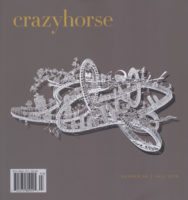 Magazine Review by Katy Haas
Magazine Review by Katy Haas
Mary Birnbaum’s nonfiction piece “Owosso” caught my eye in the latest issue of Crazyhorse, not only because it’s the winner of the Crazyhorse Nonfiction Prize, but because it’s a familiar name (though a surprise to see in a national literary journal); the tiny town in Michigan is a mere hour away from where I’ve lived my whole life. It’s also where Birnbaum’s grandfather lived, she learns as she reads his obituary at the gym. This discovery leads her on an exploration of the concept of ghosts and hauntings.
Across the country, Birnbaum writes of the ghostly characters of The Turn of the Screw by Henry James and personal ghost stories shared by two friends. This leads her to look at the ghosts of her own life. These are not supernatural beings haunting the darkness, but are her father and her grandfather, two strangers removed from her life.
Birnbaum’s thoughts about her father and grandfather are complex and complicated. She breaks her ideas apart into small chunks, making them easily digestible as she bounces back and forth between ghost stories, the “what-ifs” of finding and confronting her father, and her discovery at the gym. At one point she wonders, “if it’s worse to be a ghost or to be haunted. I wonder if both are possible in me,” leading me to consider the ways in which I myself am a ghost or am being haunted in my own life.
As the essay wraps up, Birnbaum decides to label Owosso a mythical location. But while the small city is something separated from herself, it did conjure up from the shadows a tiny, welcomed connection between writer and this reader.
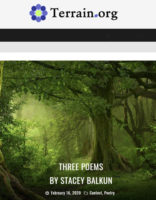


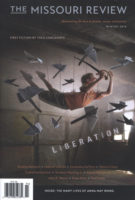
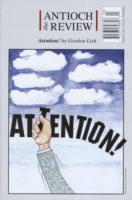
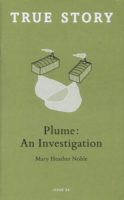
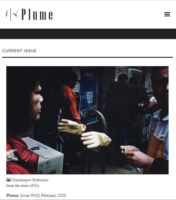
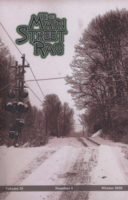
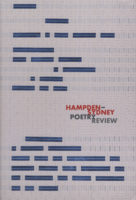
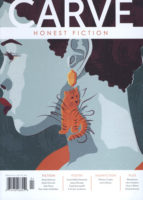
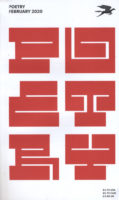
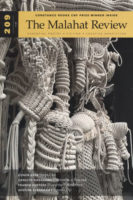
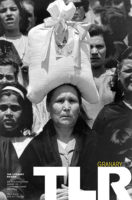
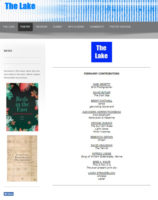
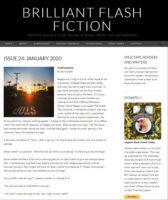
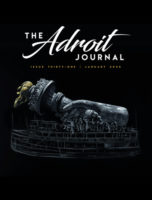
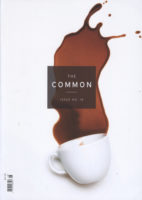
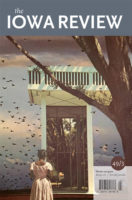
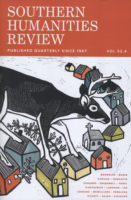
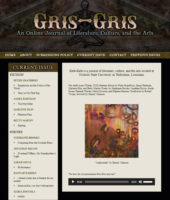
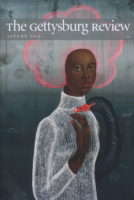
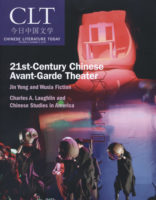
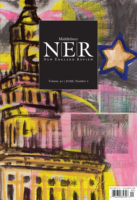
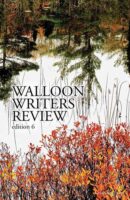

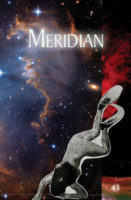
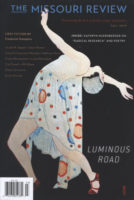

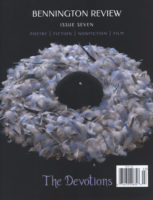
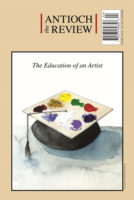
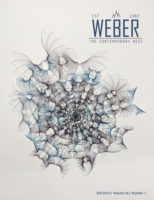
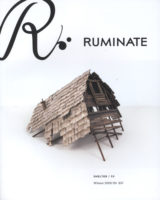
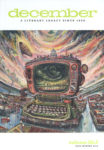 december
december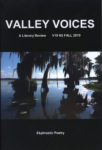
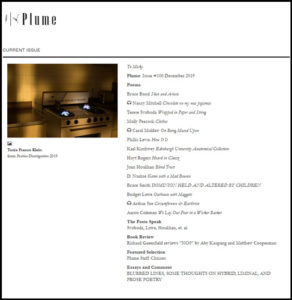
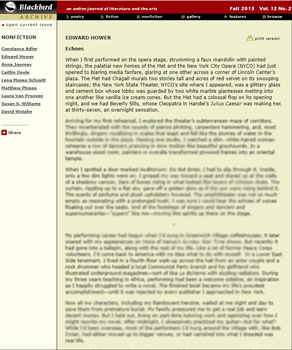 Stepping back in time to 1960s-Manhattan, author and former supernumerary actor with the New York City Opera Company (NYCO),
Stepping back in time to 1960s-Manhattan, author and former supernumerary actor with the New York City Opera Company (NYCO), 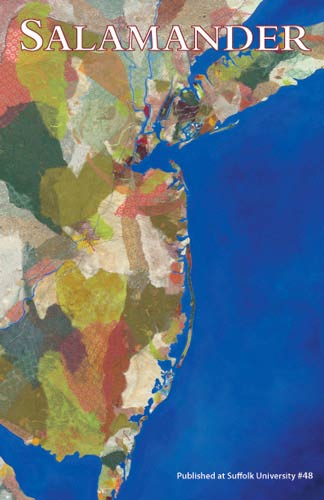 After twenty-seven years, Jennifer Barber has left her position as Editor-in-Chief of
After twenty-seven years, Jennifer Barber has left her position as Editor-in-Chief of  Winner for Fiction
Winner for Fiction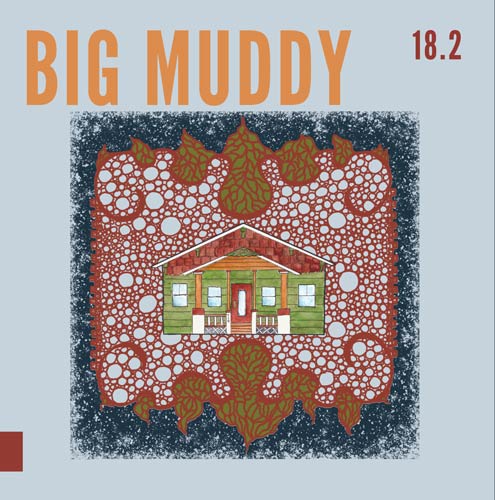
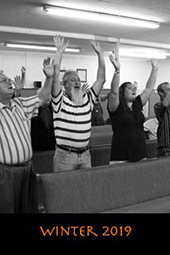
 After twenty-six years as editor-in-chief of
After twenty-six years as editor-in-chief of